|
Houghton Bay, Wellington South Coast on 28 Feb 17
This dive is another solo reconnaissance dive looking for Amigo field trial sites.
The dive conditions today were truly awesome. Just a very gentle zepher from the South, with no chop and a slow 0.5 m swell. The air temperature was a balmy 25°C. The southern cost was shrouded by the edges of a fog bank at the start of the dive that had begun to lift by mid-afternoon.

Figure 1. Houghton Bay
(Western side looking South to fog bank.)

Figure 2. Swell at Elsdon Pipe
This dive site is located within the Taputeranga Marine Reserve. I haven’t been been diving in this area for years (long before it was ever a marine reserve) and what I saw today is testament to the value of marine reserves. Large schools of fish, crayfish nests, large paua, and almost no rubbish other than a few plastic bags entangled in the kelp... (but we are getting ahead of ourselves).
I got to the site somewhat earlier than expected and had a full half hour to rock-hop along the shoreline thinking about my dive plan.
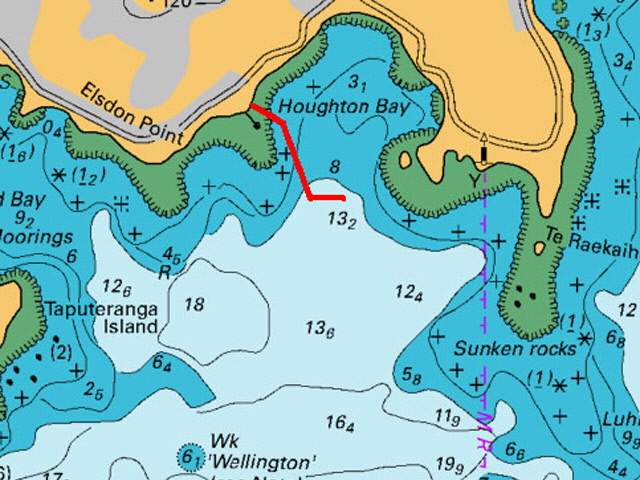
Figure 3. Dive Plan Map
The dive started at 1 pm (30 minutes before low tide) at a handy channel through the rocks just south of the Elsdon pipe (an old and no longer used sewage outfall).

Figure 4. Elsdon Pipe

Figure 5. Entrance Channel
(Note that the fog has moved in.)
I shortened the planned surface swim and started a gradual descent with plenty of equalizing. I followed the reef around to South East to a depth of 12 m. Visibility was about 6 m but dropped somewhat at the base of the reef due to stuff stirred up by the surge.
At a depth of 12 m I headed ~ East over an open sandy bottom for 50 kick cycles (double kicks - approximately 100 m) maintaining a depth of about 12 m. The area is pristine rippled white sand with no obstructions or rubbish, and no apparent marine life.
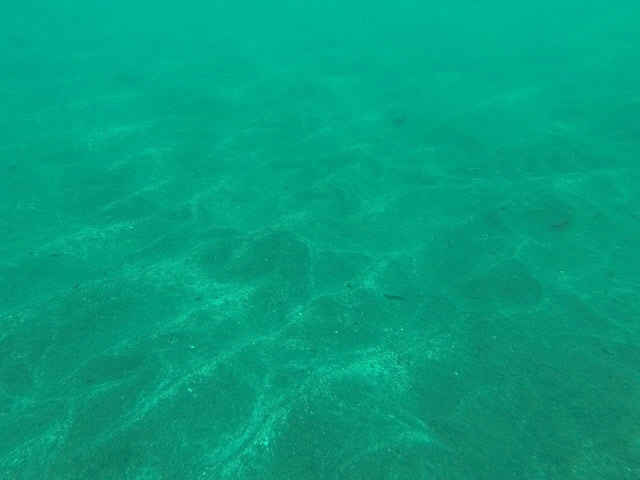
Figure 6. Hundreds of Metres of Clear Sand
I headed due South for about 20 m and headed slightly South of due West back to the reef. More clean sand. This site will be ideal for testing the Amigo in the right weather conditions provided that I can get a permit for conducting research in the marine reserve.
I then headed ~ South along the reef to 100 bar, essentially looking at the reef and its inhabitants. The reef has a good covering of short kelp and other varieties of sea weed, with small sponges. Notable by their scarcity were starfish and sea urchins. There were plenty of large paua (abalone) - some of the largest that I have ever seen.
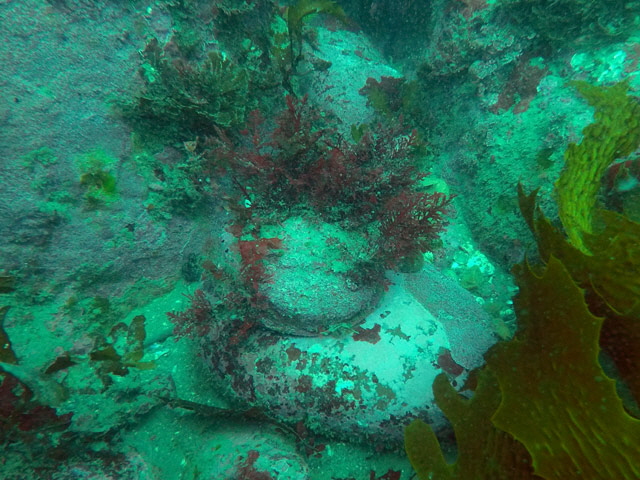
Figure 7. Big Old Paua
There wasn’t the greatest range of fish species but there were plenty of fish, Blue cod, spotties, green wrasse, porae, and jack mackerel. There is a lot more to see here. I could easily spend an entire dive working a 20 m patch of the reef looking at the small stuff like tripple fin and nudibranch.
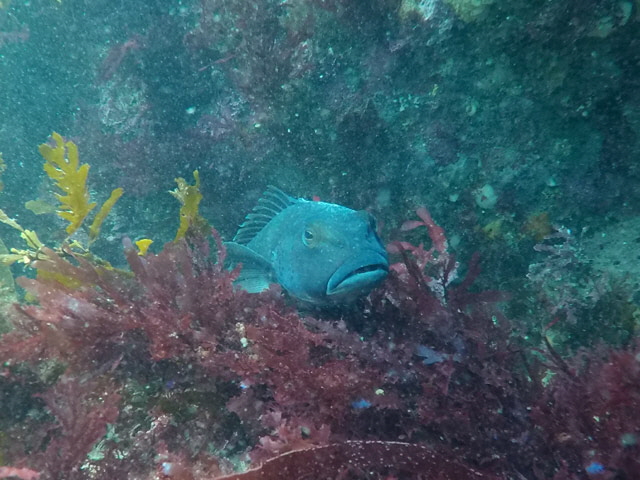
Figure 8. Blue Cod

Figure 9. Cray
(Note that these critters were not diver-shy.)

Figure 10. Nice Porae
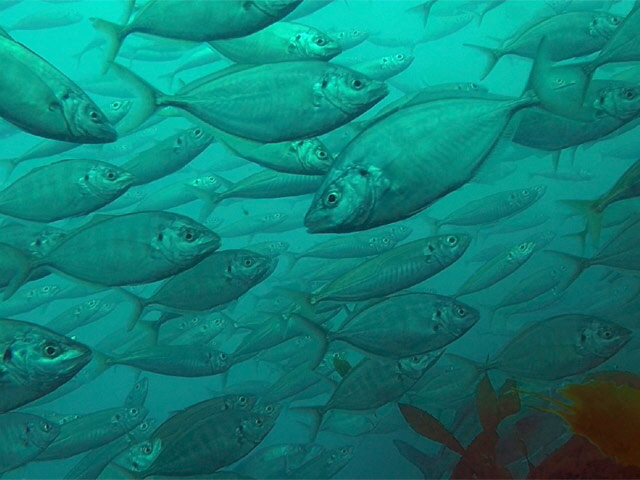
Figure 11. Schooling Jack Mackerel
(Really impressive - I’ll post a video in due course.)
Click here to see the schooling jack mackerel video.
Time to head home heading North to north-west essentially following the edge of the reef but with the occasional foray into the maze of steep walled cannons (complete with some good swim-throughs), or over a canyon wall or pinnacle. This was great fun with the surge, and sitting in the shelter of cracks and crevices were numerous good sized crayfish.

Figure 12. Reef Canyon

Figure 13. Swim Through with Inhabitants
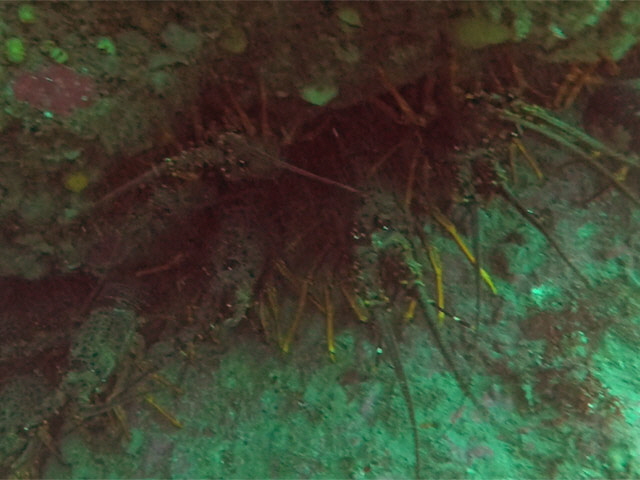
Figure 14. The Inhabitants
Click here to see the swim through video.
The dive was completed in 53 minutes (exactly one hour with the initial surface swim) with a maximum depth of 13.1 m at a temperature of 15°C. My dive navigation was spot on, surfacing from a depth of 3 m with a 20 m snorkel down the entrance channel to the exit point.
|